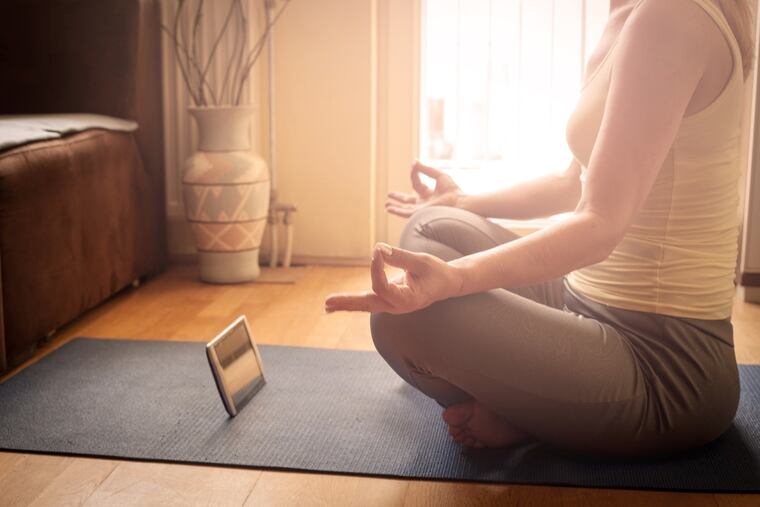Can teaching mindfulness through smartphones cure America’s loneliness problem?
A new study found teaching people awareness and acceptance — key components of mindfulness — through smartphone-based lessons decreased loneliness by 22 percent.

A new study found teaching people awareness and acceptance — key components of mindfulness — through smartphone-based lessons decreased loneliness by 22 percent.
